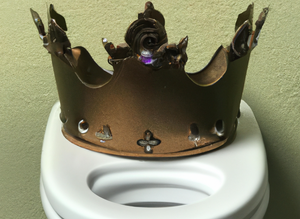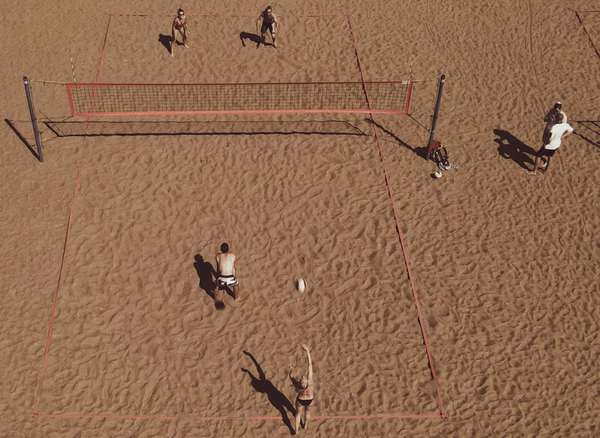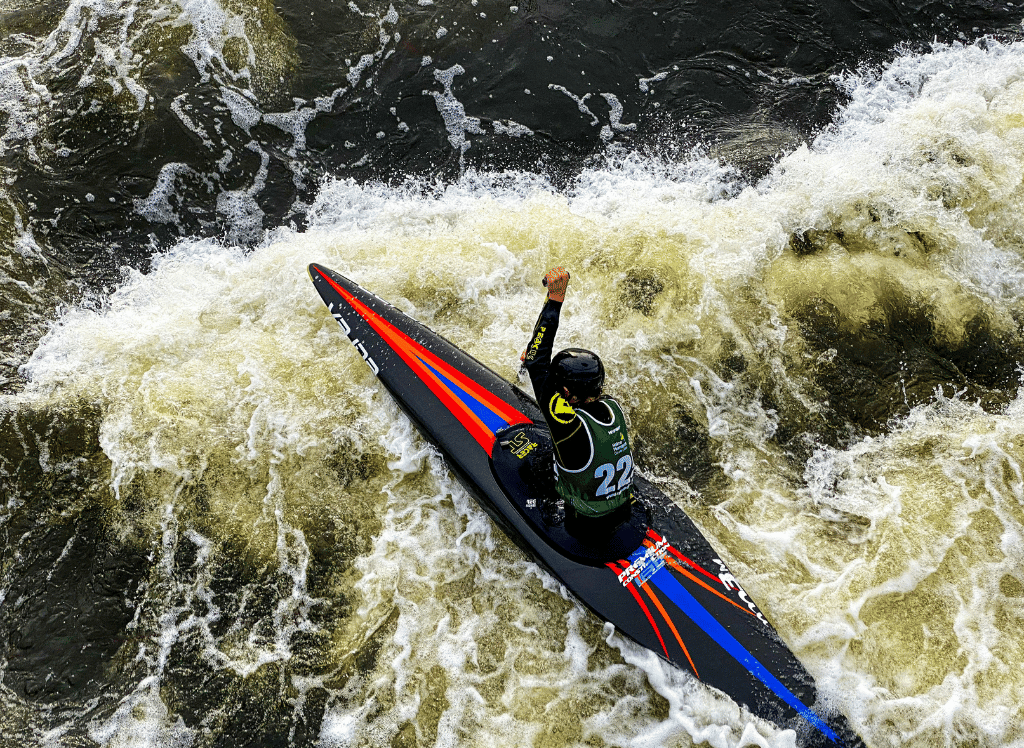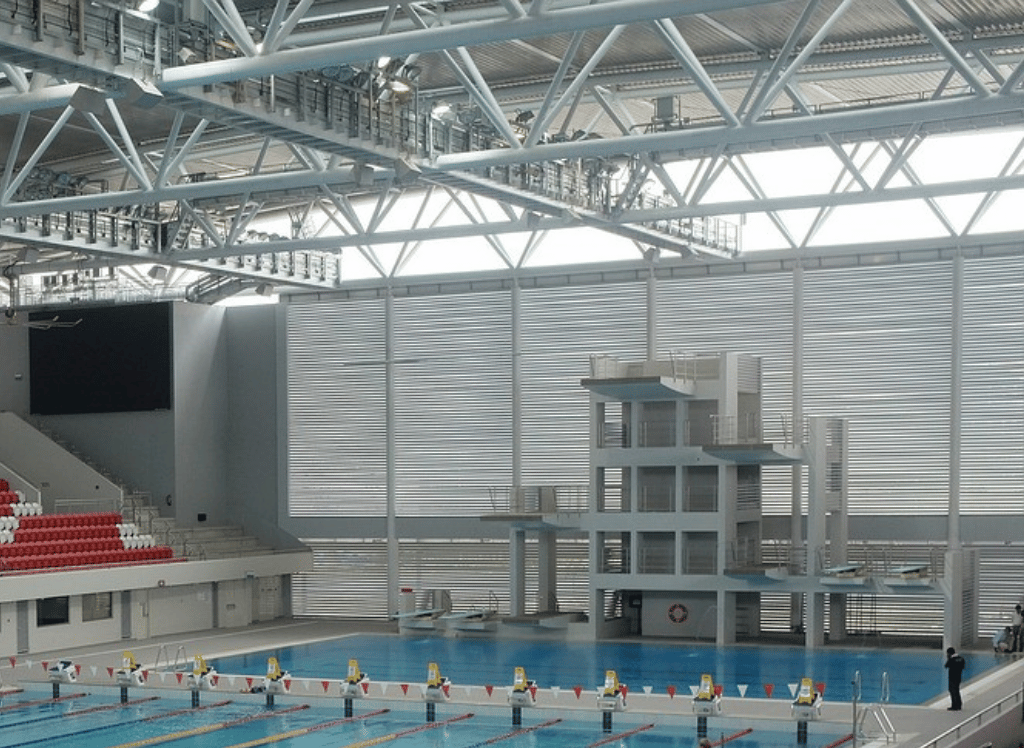Powerlifting is a sport that revolves around three core lifts: the squat, bench press, and deadlift. Unlike Olympic weightlifting, which focuses on the snatch and clean and jerk, powerlifting is all about lifting as much weight as possible in these three specific lifts. It's a test of brute strength, technique, and mental fortitude.
Each lift is performed with the goal of lifting the maximum amount of weight possible. Competitors get three attempts for each lift, and the heaviest successful lift in each category is counted towards their total score.
The sport is governed by various powerlifting federations, such as the World Raw Powerlifting Federation and the United States Powerlifting Association. These organizations set the rules and regulations for competitions, ensuring a fair and standardized environment for all lifters.
The Three Core Lifts
Squat
The squat is the first lift in a powerlifting competition. It involves lowering your body into a seated position and then standing back up, all while holding a weighted barbell across your shoulders. The key to a successful squat is maintaining control and ensuring that your hip crease drops below your knee joint.
Bench Press
The bench press is the second lift in a powerlifting competition. It involves lying on a bench and pressing a weighted barbell from your chest to full arm extension. Upper body strength is crucial for this lift, and many lifters use bench shirts to provide additional support.
Deadlift
The deadlift is the final lift in a powerlifting competition. It involves lifting a weighted barbell from the ground to hip level. This lift tests your overall physical strength and is often considered the ultimate test of brute strength.
Powerlifting Training Methods
Powerlifting training focuses on building strength in the three core lifts. Training methods often include a combination of heavy weights, high volume, and specific accessory exercises to target weak points. A typical powerlifting program will include multiple training sessions per week, each focusing on different lifts and muscle groups.
Many lifters also incorporate supportive gear like lifting belts, knee wraps, and wrist wraps to enhance their performance and reduce the risk of injury. These tools can help lifters handle heavier weights and maintain proper form during their lifts.
Powerlifting Competitions
Powerlifting competitions are divided into different weight classes and age categories to ensure fair competition. Lifters compete in three attempts for each lift, and their best successful lift in each category is counted towards their total score. The lifter with the highest total score in their weight class and age category is declared the winner.
Competitions are governed by specific rules and regulations set by powerlifting federations. These rules ensure that all lifts are performed safely and fairly. For example, lifters must wait for a judge's signal before starting and completing each lift, and they must maintain control of the barbell throughout the lift.
Equipped vs. Unequipped Competitions
Powerlifting competitions can be divided into equipped and unequipped (or raw) categories. Equipped lifting allows the use of supportive gear like squat suits, bench shirts, and deadlift suits. These items can help lifters handle more weight and improve their performance.
Unequipped competitions, on the other hand, only allow minimal supportive gear like lifting belts and knee sleeves. These competitions focus more on raw strength and technique, as lifters cannot rely on additional support from specialized equipment.
The Role of Powerlifting Federations
Powerlifting federations play a crucial role in the sport by setting the rules and regulations for competitions. Some of the most well-known federations include the World Raw Powerlifting Federation and the United States Powerlifting Association. These organizations ensure that competitions are fair, standardized, and safe for all participants.
Federations also organize international competitions, allowing lifters from around the world to compete against each other. These events provide a platform for lifters to showcase their strength and compete for titles and records.
Age Categories and Weight Classes
Powerlifting competitions are divided into different age categories and weight classes to ensure fair competition. Age categories can range from sub-junior (14-18 years old) to masters (40+ years old). Weight classes are designed to group lifters of similar body weight, ensuring that competitors are matched against others of similar size and strength.
These divisions allow lifters of all ages and sizes to compete on a level playing field. They also provide opportunities for lifters to set records and achieve personal bests within their specific category.
The Importance of Technique
Technique is crucial in powerlifting, as it ensures that lifts are performed safely and effectively. Proper technique can help lifters lift more weight and reduce the risk of injury. For example, maintaining a neutral spine during the deadlift can help prevent spinal cord injuries, while proper foot placement in the squat can improve balance and stability.
Many lifters work with coaches to refine their technique and develop a personalized powerlifting program. Coaches can provide valuable feedback and guidance, helping lifters improve their form and achieve their strength goals.
Supportive Gear in Powerlifting
Supportive gear plays a significant role in powerlifting, helping lifters handle heavier weights and reduce the risk of injury. Common supportive gear includes lifting belts, knee wraps, wrist wraps, squat suits, bench shirts, and deadlift suits. These items provide additional support and stability, allowing lifters to push their limits safely.
For example, lifting belts help stabilize the core during heavy lifts, while knee wraps provide support and compression for the knees. Bench shirts and squat suits can help lifters handle more weight by providing additional support and assistance during the lift.
The Mental Aspect of Powerlifting
Powerlifting is not just a physical sport; it also requires mental strength and focus. Lifters must stay focused and confident during their lifts, as mental distractions can lead to mistakes and missed lifts. Visualization and mental rehearsal are common techniques used by lifters to prepare for their lifts and stay focused during competitions.
Mental toughness is also crucial for overcoming challenges and setbacks. Powerlifting can be a demanding sport, and lifters must stay motivated and resilient in the face of obstacles. Developing a strong mental game can help lifters achieve their goals and succeed in the sport.
Benefits of Powerlifting
Powerlifting offers many benefits beyond just physical strength. It can improve overall fitness, increase muscle mass, and enhance athletic performance. The sport also promotes discipline, perseverance, and goal-setting, as lifters must commit to regular training and work towards specific strength goals.
Powerlifting can also be a social and supportive community. Many lifters form strong bonds with their training partners and fellow competitors, creating a sense of camaraderie and mutual support. This community aspect can make the sport more enjoyable and motivating for participants.
How to start Powerlifting?
Starting a powerlifting journey can be intimidating, but it's a rewarding and fulfilling experience. Beginners should focus on learning proper technique and building a solid foundation of strength. Working with a coach or experienced lifter can provide valuable guidance and support.
It's also important for beginners to start with manageable weights and gradually increase the intensity of their training. This approach helps prevent injuries and allows the body to adapt to the demands of the sport. Consistency and patience are key to long-term success in powerlifting.
Powerlifting Programs
A well-structured powerlifting program is essential for achieving strength goals and improving performance. Powerlifting programs typically include a combination of heavy lifting, accessory exercises, and recovery strategies. Programs are often tailored to the individual lifter's needs and goals, taking into account factors like experience level, strengths, and weaknesses.
Many lifters follow popular powerlifting programs like the Texas Method, 5/3/1, or the Sheiko program. These programs provide a structured approach to training, with specific guidelines for sets, reps, and progression. Following a proven program can help lifters stay on track and make consistent progress.
Powerlifting vs. Olympic Weightlifting
Powerlifting and Olympic weightlifting are both strength sports, but they have distinct differences. Powerlifting focuses on the squat, bench press, and deadlift, while Olympic weightlifting involves the snatch and clean and jerk. Olympic weightlifting requires more explosive power and technical skill, while powerlifting emphasizes brute strength and maximal lifts.
Both sports offer unique challenges and benefits, and many lifters enjoy training in both disciplines. However, the training methods and competition formats are different, so lifters must choose the sport that aligns with their goals and interests.
Common Injuries in Powerlifting
Like any sport, powerlifting carries a risk of injury. Common injuries include muscle strains, joint pain, and spinal cord injuries. Proper technique, supportive gear, and a well-structured training program can help reduce the risk of injury.
It's also important for lifters to listen to their bodies and prioritize recovery. Rest days, stretching, and mobility work can help prevent overuse injuries and keep the body in peak condition. Working with a coach or physical therapist can also provide valuable guidance on injury prevention and recovery strategies.
The Future of Powerlifting
Powerlifting is a growing sport with a bright future. The sport has gained popularity in recent years, with more competitions, federations, and participants than ever before. Advances in training methods, supportive gear, and sports science are helping lifters push the limits of human strength.
The powerlifting community is also becoming more inclusive and diverse, with lifters of all ages, genders, and backgrounds participating in the sport. This inclusivity is helping to grow the sport and create a supportive and welcoming environment for all participants.
Powerlifting FAQ
What is powerlifting?
Powerlifting is a strength sport that focuses on three main lifts: the squat, bench press, and deadlift. Competitors aim to lift as much weight as possible in these lifts, with their best successful lift in each category counting towards their total score.
How do powerlifting competitions work?
Powerlifting competitions are divided into different weight classes and age categories. Competitors get three attempts for each lift, and their best successful lift in each category is counted towards their total score. The lifter with the highest total score in their weight class and age category is declared the winner.
What supportive gear is used in powerlifting?
Common supportive gear in powerlifting includes lifting belts, knee wraps, wrist wraps, squat suits, bench shirts, and deadlift suits. These items provide additional support and stability, allowing lifters to handle heavier weights and reduce the risk of injury.
What is a powerlifter?
A powerlifter is an individual who trains and competes in the sport of powerlifting. Powerlifters focus on building maximal strength in the squat, bench press, and deadlift through structured training programs and proper technique.
How to powerlift?
Beginners should start by learning proper technique for lifts and gradually increase the weight as they build strength. It's important to have a well-structured training program and possibly work with a coach or experienced lifter to ensure safe and effective training.
Summary
Powerlifting is a strength sport that tests an individual's physical and mental fortitude through three core lifts: the squat, bench press, and deadlift. The sport is governed by various federations, which set the rules and regulations for competitions. Powerlifting offers many benefits, including improved physical strength, mental toughness, and a supportive community. Whether you're a beginner or an experienced lifter, powerlifting can be a rewarding and fulfilling journey.









